You may have noticed that the birds in your garden look rather scruffy at the moment. Why do they look like they've just come out of a pub fight? And hasn’t it gone awfully quiet lately? Find out why most garden birds look so ruffled up in late summer, and where they're at.

Summer Is Coming To An End
The summer sun is starting to take longer naps this month, and very soon we’ll be entering the crisp, cosy world of autumn. Whilst we look forward to the season’s beautiful colours and smells, with its heart-hugging forest walks, woolly scarves and blankets, pumpkin stew, firelight and cinnamon-baked apples (shall we go on?), we’ll also miss the many wildflowers, buzzy bees, and especially the cheerful chitter and chirps of busy birds in spring and summer.

All About That Scruff
After two seasons of heavy bird action, from springtime birdsong and nesting selection to a busy breeding period with non-stop parenting and food gathering, all of a sudden, the trees and bird feeders just aren’t as crowded as before. Any birds you do spot, look awfully messy, with feathers falling out left, right, and centre, as if they’ve just had a rather rough weekend. Some birds actually show a bald head or hop about with barely any feathers left on their tail!
What’s happening with them? Did someone steal their floofs to stuff a cosy pillow? Is baldness an up-and-coming trend in the Daily Aviary?
Worry not: they're only shaking their tatty tail feathers. Most birds are currently undergoing a late summer moult.
Moulting Birds
Adult birds will go for the boldly bedraggled fashion theme this month. They’ve had a busy season looking after the young ‘uns, and now, when the fledglings can finally fend for themselves and whilst the weather is still mild and there is still a good amount of natural food resources available, the adults can take a break and recharge. They’ll rest up, fatten up, and shed their tired old worn feathers to grow a strong new pack of plumage.
Birds can take up to five weeks to complete a full moult. They’ll be all about that rock ‘n roll look then.

Why Have Garden Birds Gone Quiet
Okay, moulting makes sense, but why do they have to go and hide somewhere? Why does it go so quiet in your garden?
It’s not because they may feel embarrassed about their shabby-looking outfit – that is all the rage now!
No, birds shy away during their moulting period for the following reasons:
Reserving energy
Just like with human teenagers, all that (re)growing can be terribly tiring. The moulting process puts a big strain on a bird’s strength and resources. It requires a flipload of energy and protein. Flying is also much more demanding without a full feather pack. Birds simply need to take it easy for a while until they’re ready to face the chilly new season.
Keeping warm
Birds will prefer to stay sheltered as much as possible, as any cold breeze can wear them out quickly since their insulating layer of down feathers is also at a low.
Avoiding predation
Moulting birds can still fly, but they’ll have less agility and speed. Though they won’t lose them all at once, their flight feathers will be significantly less. Sometimes you’ll see a bird with only one tail feather! Needless to say, they’re at higher risk of being attacked by predators. Best to lay low for a bit, and not draw too much attention with birdsong and clumsy flight shows.
Help Your Garden Birds
To help the birds fly safely through the moulting period, you can keep a steady supply of food available. Make sure the food is easy to get to, out of reach for predators, and near places to hide in quickly, such as low shrubbery. Bird feeder cameras are the simplest way to do this. Watch this space, we’ll soon have some great, organic bird food and different feeders available too.
You can also provide nest boxes for birds to rest up in – we got some lovely footage on our Twitter account from customers showing some fluffy small birds using their bird box as a regular AirBnB!
Most bird diets also contain a lot of insects, and insects are unfortunately plummeting in numbers. You can help fix this by letting your grass grow a bit longer and sow wildflower seeds, for example.
Or plant insect-friendly plants to invite more bees and other buzzy bugs.
Wildify your garden! It's all about that scruff.




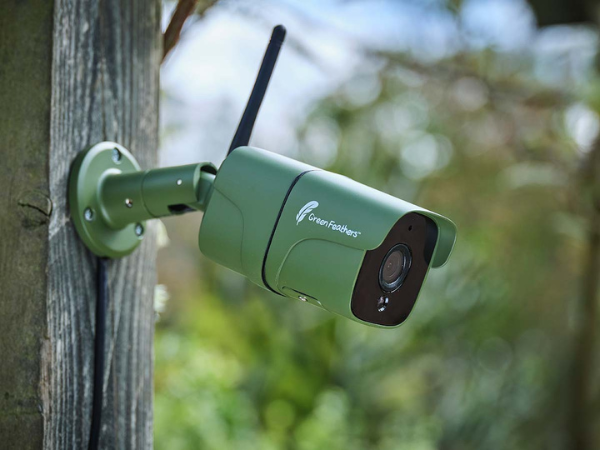
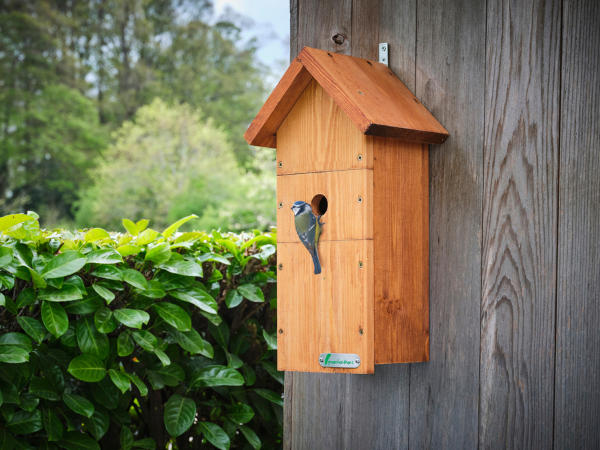
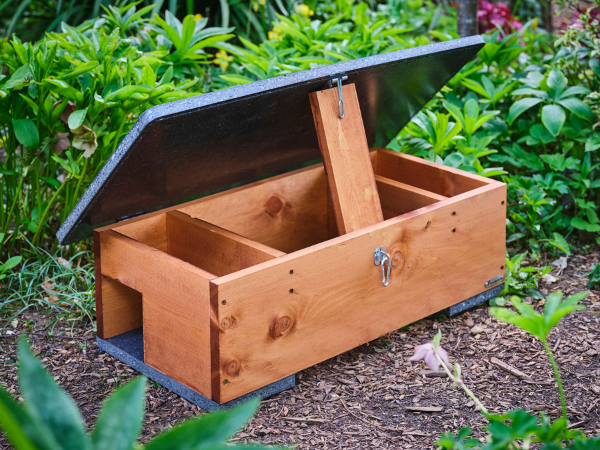
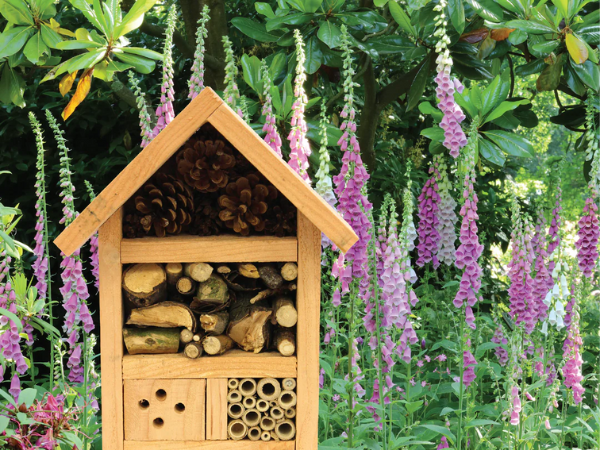
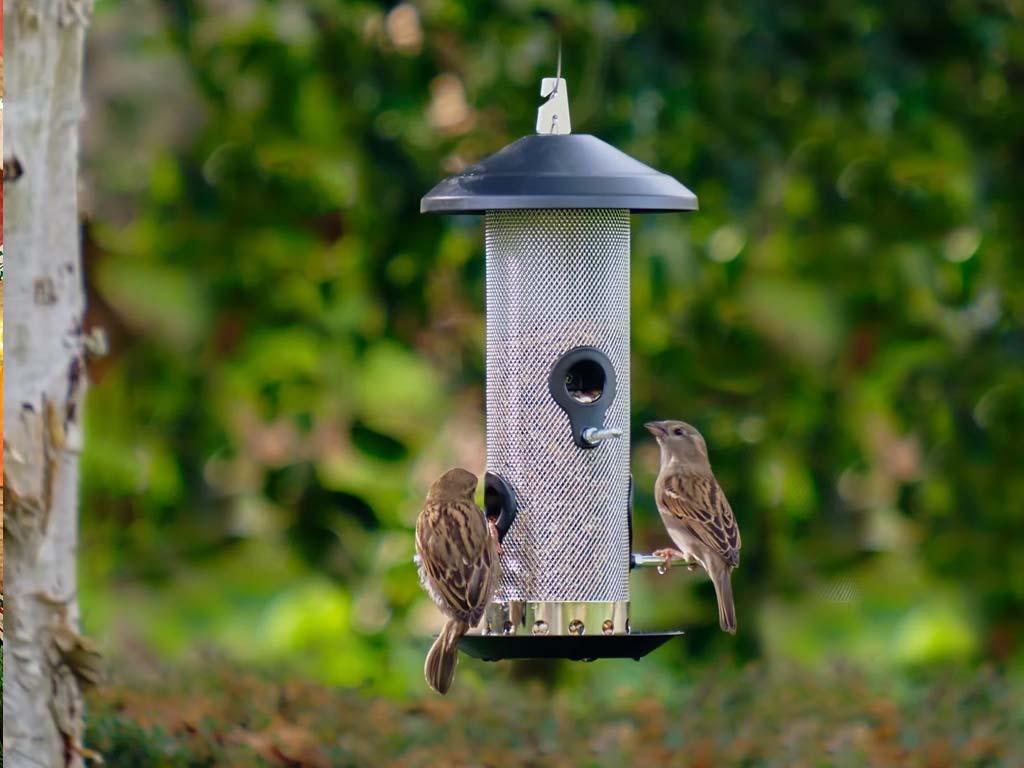
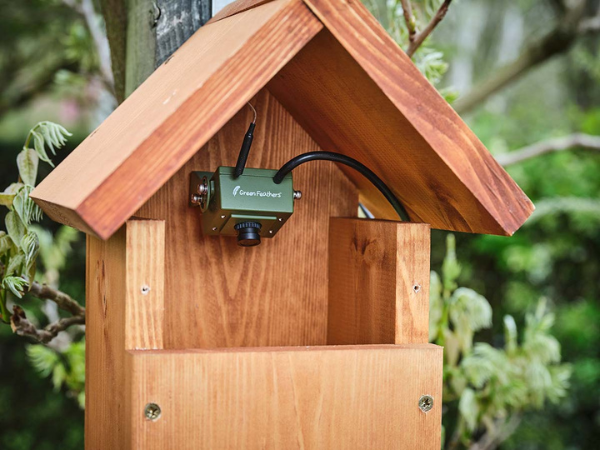
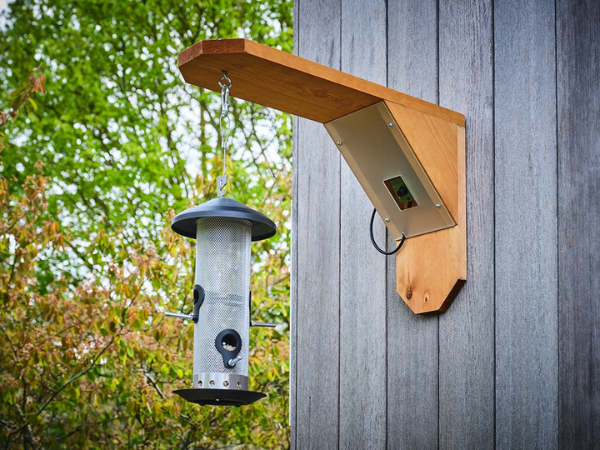



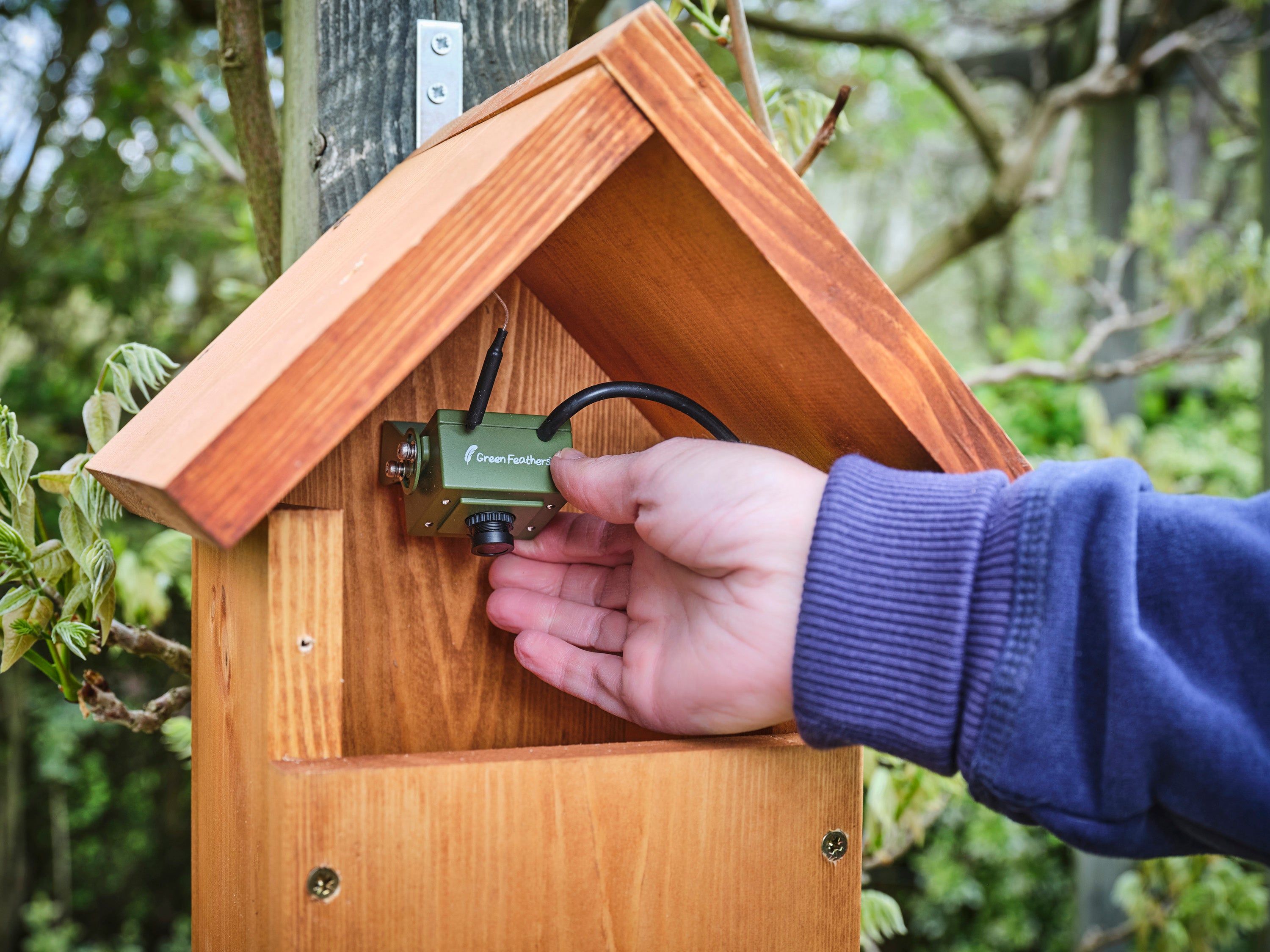
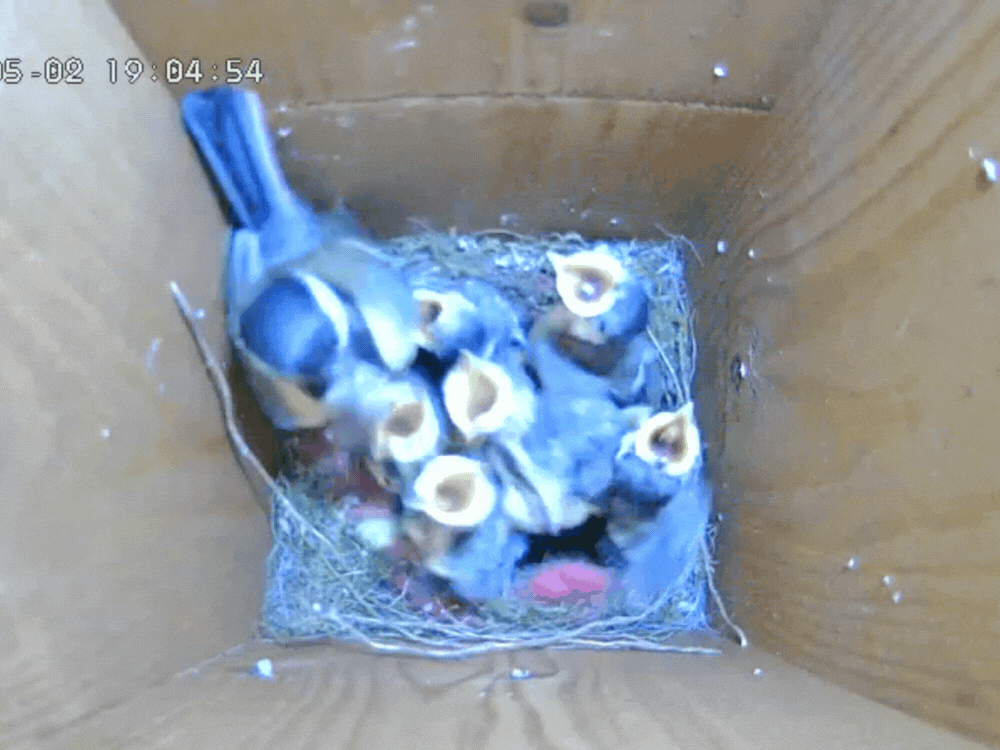





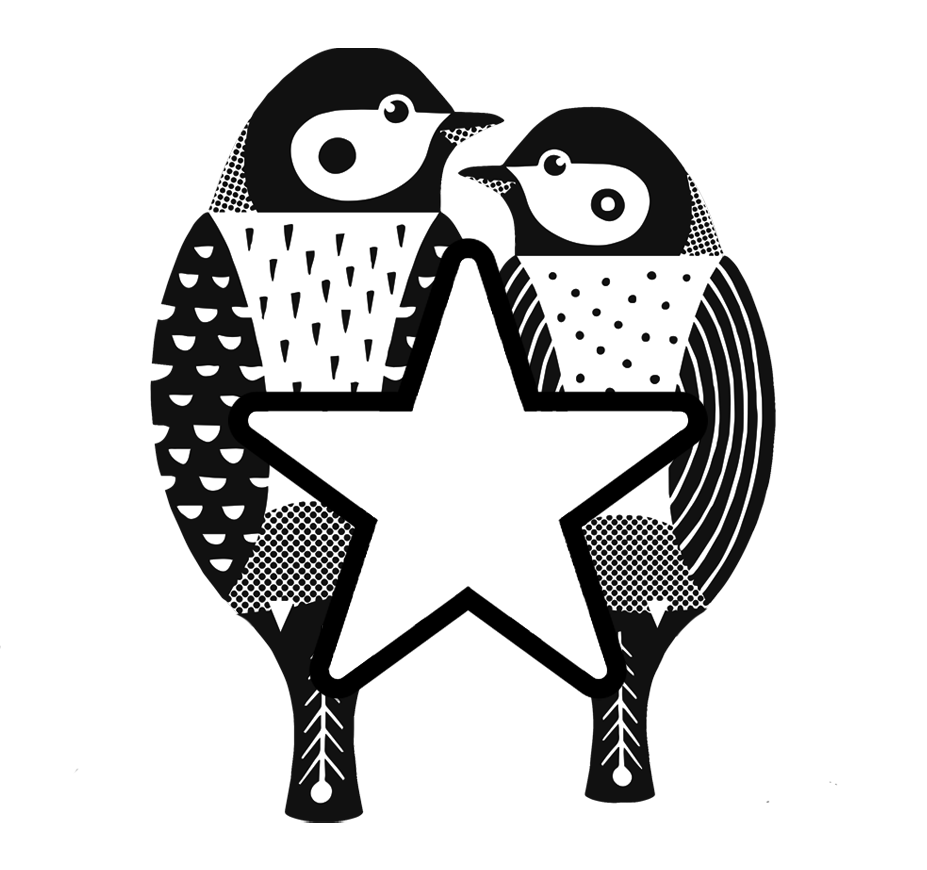
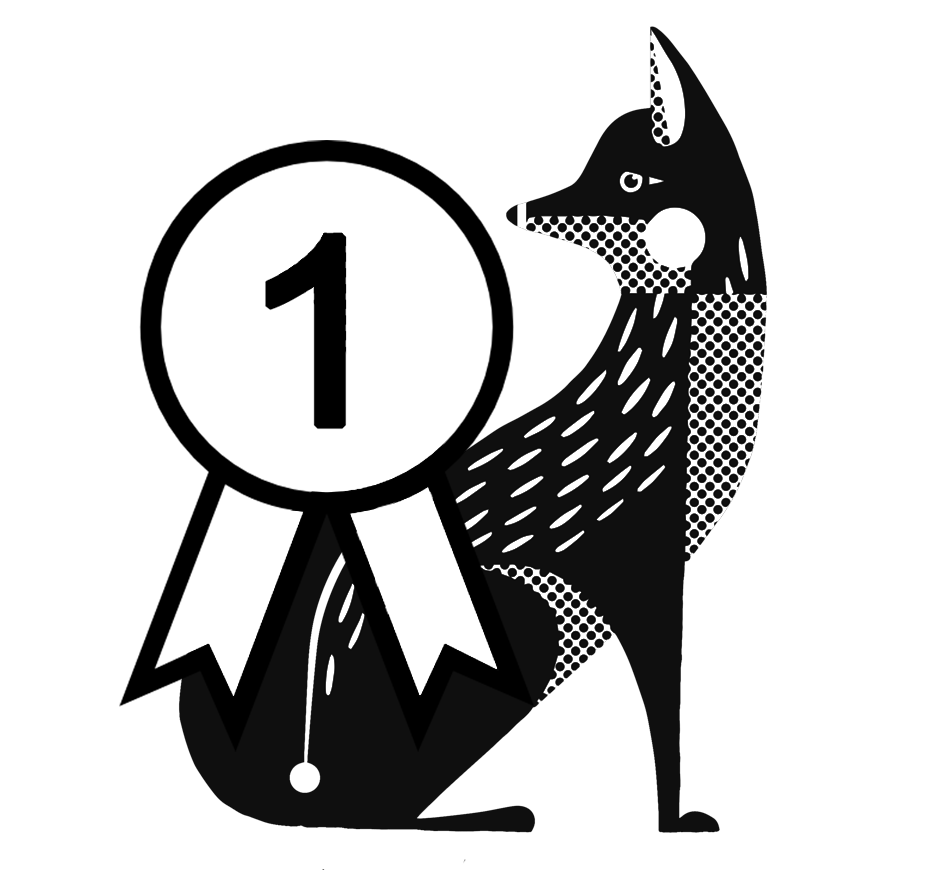




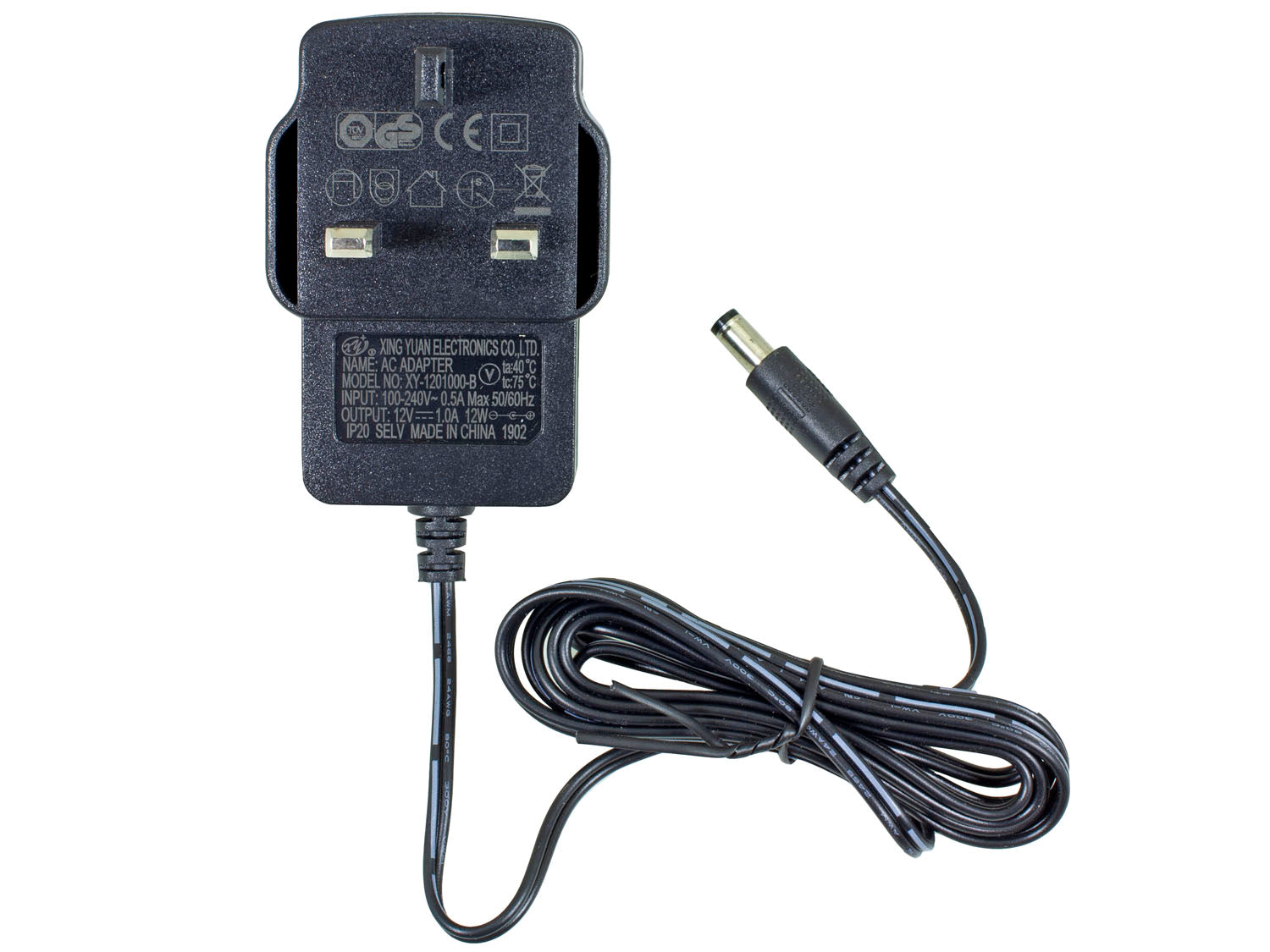
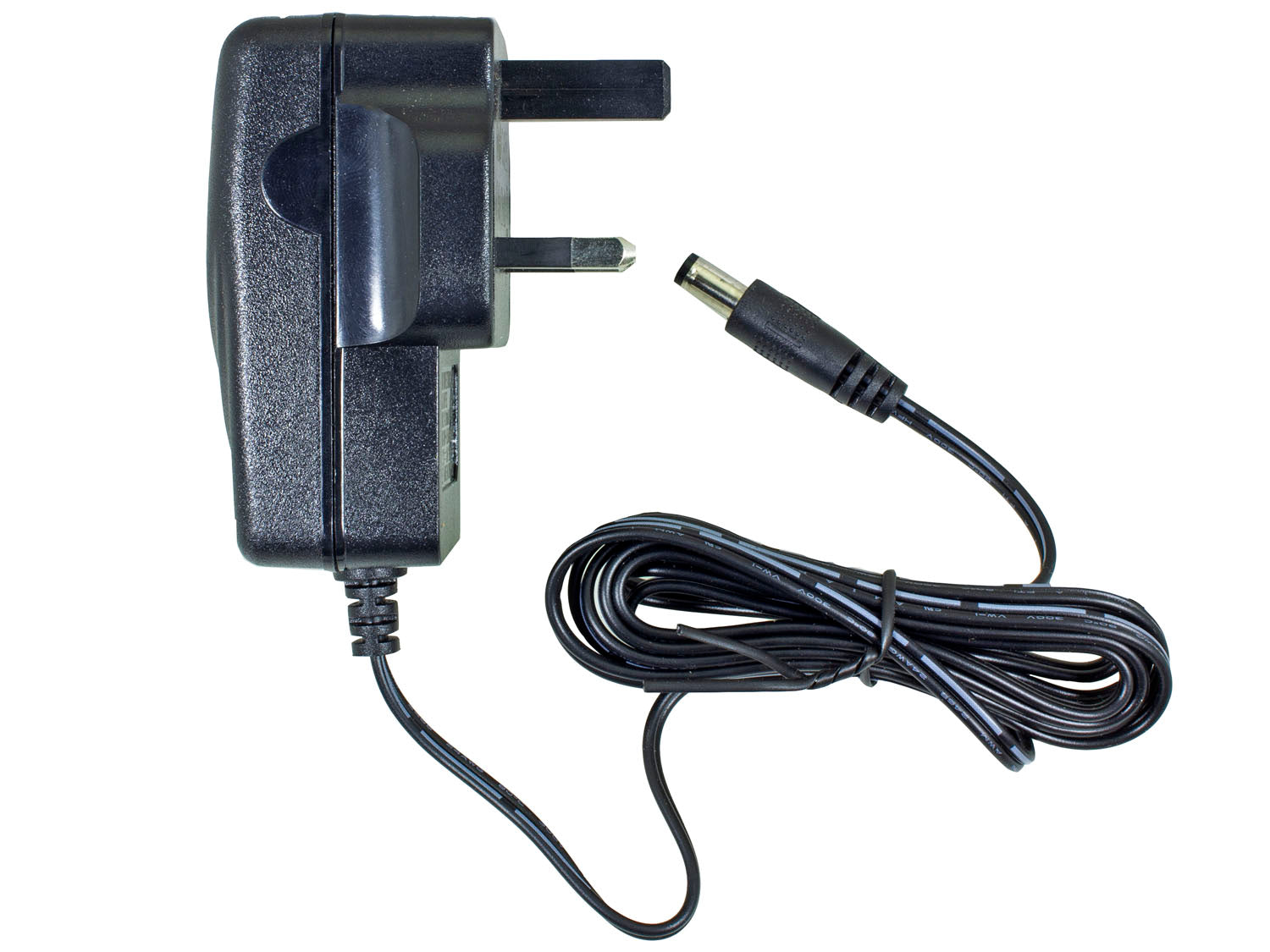
The Robins look so worn out & even my free ranging hen has moulted but she has lots of new down now. Much much fewer birds at my feeding station. But the blue tits and coal tits have reappeared!
That’s great information. I was worried for one of my robins!